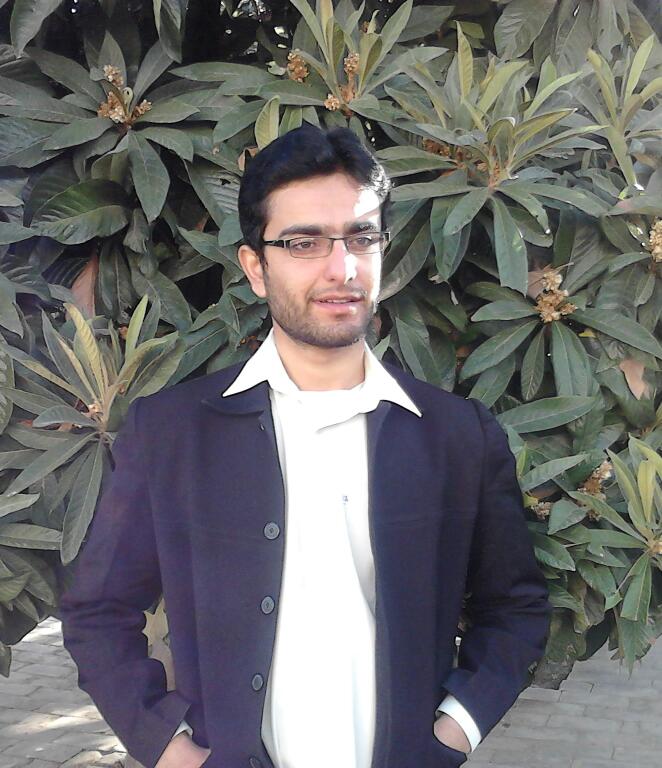Mohsin Janjua & Dr Sohail
Gandhara symposium and the catchphrase “Gandhara; A Pathway to Peace” has remained the buzzword in the capital of Pakistan during the last week (11th July- 14th July 2023). The state of Pakistan contemplated showcasing its diverse religious heritage connected to the ancient Gandhara civilization to the world to reap politico-economic dividends. The symposium was not the first of its kind; however, peacebuilding through religious tourism and heritage is the maiden voyage and seemed like a petrichor for the state of Pakistan.
Of late, the religious tourism-peace nexus and its connected phenomenon have got the attention of social scientists and academicians within the realm of tourism and peace studies. The broad contours of religious tourism and its matrix with politics and economics have been imperative for the policymakers of any state. Amid globalization and regional integration, advanced countries have been putting a lot of effort and mind into promoting their cultural and religious heritage. While the third world and advancing countries are trying hard to catch the missing train of tourism niche and to blend their economy with diversity and depth.
The occasion of the Gandhara Symposium 2023 in Islamabad was graced by the most venerable monks from the Buddhist world, along with other prolific participants across the ranks of the local community. They deliberated many homilies and enunciated the legacy of the Gandhara civilization and its multifaceted potential in the contemporary affairs of religious tourism inside Pakistan. The prime question of the discussion by the guest speakers and the participants was how religious tourism vis-a-vis Gandhara heritage can be managed and how it can promote the tourism niche inside Pakistan. However, there was a certain lacuna in the event apropos the cognition and explanation of the logo of “Gandhara; A pathway to peace”. The concept and connection between religious tourism and peace was a missing link and would have been the pivot of the symposium. Without grasping the ontology, phenomenology, and epistemology of peace, the project to promote the soft and peaceful image of Pakistan vis–a–vis religious tourism cannot yield optimum outcomes.
Johan Galtung (1960) was the first to introduce the terms positive peace and negative peace by distinguishing between direct and structural violence. The prevalent form of violence at that time was direct violence, that is the warfare and conflict between armies. Galtung opined that negative peace is just the absence of that direct conflict or warfare between armies. He averred that certain structures rather than actors within the society are the source of conflict and serve as a hindrance to the promotion of peace, and these are constellations of structural violence. So positive peace is the search for justice within the society and the elimination of evil forces to create a culture of peace. In this direction, it is pertinent to mention that violence and peace are a fluid phenomenon, and no society or community reaches the highest degree of peace as the relative conflict is always in a state of flux. However, thriving` effort for peacemaking and peacebuilding is an essential part of human life and the aimed national interests.
From this positive peace standpoint, Pakistan has been facing the daunting challenge of structural injustice to its religious minorities and remained adamant about its multicultural and multireligious heritage to cultivate a peaceful society. Religion has played a significant role in the creation of Pakistan, and ever since its inception, Islam as a religion has remained the permanent element of the state’s political identity. Since the Soviet-Afghan war (1980-90), the menace of religious extremism, militancy, and terrorism has been entrenched as an ideology and way of life inside Pakistan. Under the state’s patronage, the local clergy was structured to undermine its archnemeses in the region and beyond. This induced the religious orthodoxy flavored with a conservative mindset in the society. Together with other prevalent structures, the clergymen established their power and influence that goes unwarranted and limitless. For these particular reasons and issues, Pakistan was projected as a dangerous Islamic state and a restricted society in the recent past. The flawed approach to using religion as a political tool has broken the fabric of the society and caused severe repercussions for the state of Pakistan in the longer run. Tourism, heritage, and social contacts among the different sectors of society are the major casualty in this saga.
To dispel the negative image and perception of Pakistan on the world arena first it has to create a peaceful and just society inside its geographical boundaries. These sorts of projects and initiatives i.e., Gandhara symposium to showcase the religious heritage of Pakistan, are vital. However, this conception and adventure need to be understood delicately with the reorientation and restructuring of society by in large. The religious tourism sector can spur the promotion of peace and foster deeper socio-cultural relationships among the communities of Pakistan and beyond. Whereas the building of a culture of understanding and the cultural understanding of the ‘others’ religious group or community at the bottom level is a necessity. Rendered to this, the clergy’s ill-founded feathers of militancy and hatred against religious minorities and ethnic communities should be clipped at the state level. The religious clergy has to be manifested to dilute religious tolerance, co-existence, and mutual respect for ‘others’ in the society. The evils of prejudice and bigotry are to be condemned, and the policy of zero tolerance should be adopted against the certain religious outfits who puff the air of militancy. These precautions and preventive (positive peace) measures will lead to building a peaceful society and peace within Pakistan and beyond.























